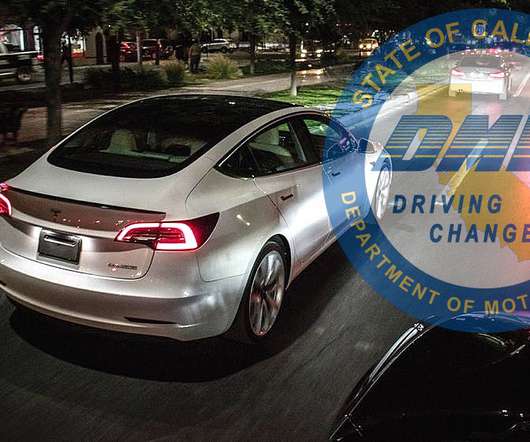Mass spectrometer enhances SwRI’s USGR automotive catalyst testing
Green Car Congress
JANUARY 6, 2021
Researchers added the mass spectrometer to SwRI’s Universal Synthetic Gas Reactor (USGR), a catalyst performance testing solution that incorporates a Fourier Transform Infrared (FTIR) spectrometer, which uses IR radiation to identify and quantify molecules present in a gas sample. Real-time information is important,” Seuser said.
































Let's personalize your content